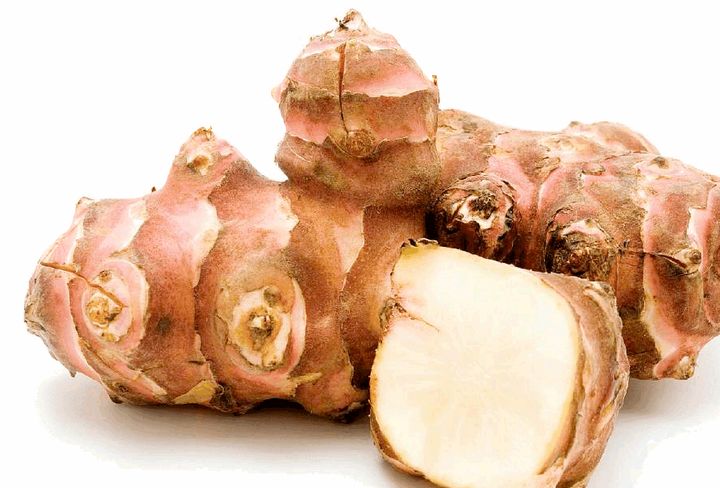
Not all things are created equal. An ancient Toyota with a noisy muffler can get you from Point A to Point B, but you’d probably rather get there in a shiny new Maserati. It’s a similar situation when it comes to fiber. All fiber is good, but not all is equally good. Let’s take a look at the two main types: soluble and insoluble.
Most people think insoluble fiber is the only kind there is. Insoluble fiber can be thought of as a transport mechanism, sort of like a steam ship that helps move the cargo of your digesting food through the alimentary canal. It provides stool bulk, slows gastric emptying and can blunt the rise in blood glucose if you’ve eaten too much sugar.
The Body Needs Insoluble and Soluble Fiber to Thrive
Those are all positive outcomes that people need – it’s just not the whole story. We also need soluble fiber (a.k.a. prebiotics), comprised of food components that feed the beneficial bacteria in your gut, helping them successfully compete against harmful microorganisms in the colon. They are mostly indigestible by humans and thus survive the digestive processes of the small intestine, arriving at the colon relatively intact, forming the foundation for fermentative bacteria.
So, prebiotic soluble fiber arrives in the gut, where beneficial bacteria then ferment it. This creates short chain fatty acids (SCFA) – the primary energy source for cells of the colon’s lining. Colon cells that are fed with SCFA increase the production of intermediary substances that lead to numerous health benefits, including decreased appetite, regulation of cholesterol, improved mineral absorption and regulation of inflammation and immune function.
What happens when those beneficial bacteria don’t get all the prebiotic soluble fiber they need? In order to survive they start to eat (ferment) the oligosaccharides that make up the mucus lining of the gut. When that happens, the body’s primary protection from harmful bacterial and viruses is compromised, increasing the chances of infection. That’s because the gut houses roughly 70 percent of the body’s immune cells; if the gut is compromised, so is the immune system.
This is a very bad scenario, because eating bits of the gut’s lining creates chinks in its armor, leading to what is called “leaky gut syndrome” – a primary source of inflammation throughout the body. This cascade of events help explain the direct correlation between low-fiber diets, general ill health and the myriad chronic diseases we see in Western society, such as obesity, heart disease, diabetes, allergy and cancer.
Best Sources of Soluble Fiber
The upshot is: you need soluble fiber. It’s the only thing that serves as food for the beneficial bacteria in the gut. There are two primary dietary sources:
- Root-type vegetables like leaks, onions, Jerusalem artichoke, chicory and garlic. Cooking reduces their prebiotic fiber content, so it’s best to eat these raw if possible.
- Foods that have been fermented, such as sauerkraut, kimchi and traditionally fermented whole grain sourdough breads.
Now, given the modern food supply in Western society, getting enough soluble fiber through dietary sources is challenging. After all, how many of us eat multiple servings of raw onions and fermented foods per day? As such, this is one area where dietary supplementation is usually required.
There are a variety of prebiotic supplements on the market, but many of them—including FOS, oligofructose and inulin—can cause the side effects that give fiber a bad name: gas, bloating and intestinal discomfort. But it doesn’t have to be this way. Prebiotic soluble fiber produced through natural fermentation has shown to be well tolerated, eliminating the fear of digestive problems. Feeding your good gut bacteria can set you up to enjoy all the health benefits mentioned above.
by Jack Oswald, CEO, ISOThrive